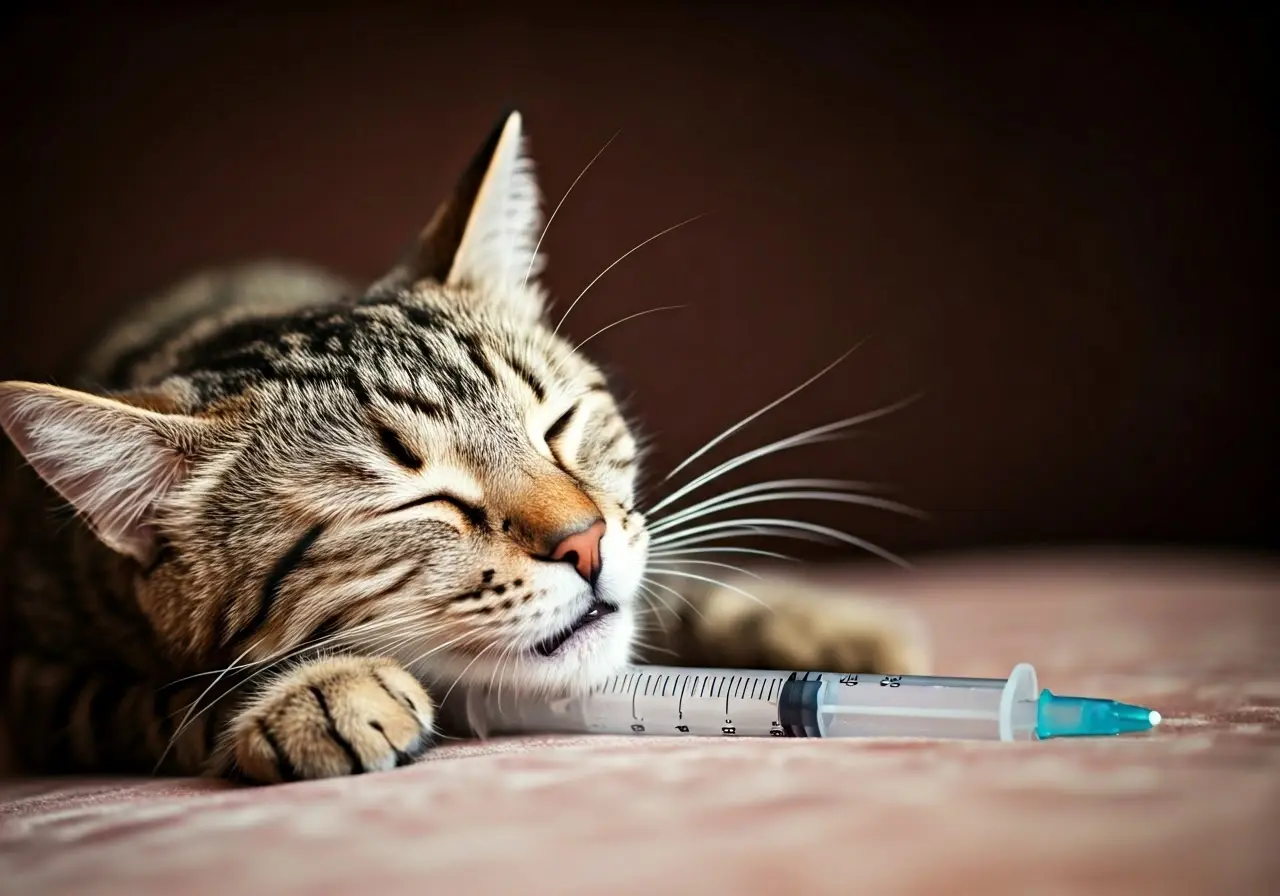Administering medication to a cat can be a challenging experience for pet owners. However, with the right approach, it can become a manageable task. This guide will provide you with practical tips and methods to make the process easier for both you and your feline friend.
Understand the Medication
Before you start, it’s important to understand what the medication is for, its dosage, and any potential side effects. This will help you feel more confident and prepared. Refer to the instructions provided by your veterinarian and ask them any questions you may have.
Medications can vary widely; some need to be administered with food, while others should be given on an empty stomach. Knowing these specifics will prevent complications and ensure the medication works effectively. Additionally, track any signs of adverse reactions. Always have your vet’s contact information handy in case your cat has a negative reaction.
For more detailed steps on assisting your cat during potentially stressful situations, review our 15 Helpful Ways to Calm Your Cat. Understanding your cat’s behavior during medication administration can make the process smoother.
Each medication has its method of administration, so be sure to use the correct one. Some medications are available in different forms, such as pills, liquids, or even treats. This can be particularly helpful if your cat resists one form of medication.
Choose the Right Time
Pick a calm and quiet time when your cat is relaxed. This will make the process less stressful for both you and your cat. Early mornings or late evenings are often the best times as your cat is usually less active.
Consider administering the medication at the same time each day to create a routine. Cats thrive on routine, and if they become accustomed to receiving medication at a certain time, it can help reduce stress.
For tips on how to maintain a consistent and stress-free environment, 15 Cat Tips: Help Cat Take Long Ride provides valuable insights. Consistency is key in ensuring a smoother medication routine.
Prepare the Medication
Have everything ready before you approach your cat. This includes the medication, any tools you might need, and a treat to reward your cat afterward. Being prepared helps minimize the time your cat spends in an uncomfortable state.
If you are using a syringe for liquid medication, ensure it is already filled. For pills, have a pill popper or a tasty treat to hide the pill in. Keeping everything within reach will make the process much smoother.
Also, consider using palatable medications when possible. Some medications can be compounded into tasty treats or liquids, making them easier for your cat to ingest.
Setting up a dedicated medication station can also be helpful. Choose a quiet, comfortable spot in your home where you can administer the medication without interruptions. This can become part of your cat’s routine and help them feel more at ease.
Use a Towel for Restraint
If your cat is particularly wiggly, you can gently wrap them in a towel to keep them still. This method, known as the ‘kitty burrito,’ can be very effective. The towel acts as a gentle restraint and prevents your cat from scratching or escaping.
To create a ‘kitty burrito,’ lay a towel flat and place your cat in the center. Gently wrap the towel around your cat, leaving only their head exposed. Make sure it’s snug but not too tight. This technique keeps your cat calm and safely secured.
Using a towel can reduce fear, anxiety, and stress. It’s also beneficial for other situations, such as grooming or trips to the vet. For more on handling cats during potentially stressful times, check out our guide to calming your cat.
Administer the Medication
Follow the specific instructions for the type of medication you’re giving. Be gentle but firm to ensure your cat takes the full dose. If it’s oral medication, position your cat’s head to ensure the medicine goes down easily.
For liquid medications, insert the syringe gently into the side of their mouth and slowly squirt the medicine. For pills, place it at the back of their tongue and gently close their mouth until they swallow. Always ensure your cat has swallowed the medication fully before allowing them to move freely.
If your cat vehemently resists, consider talking to your vet about alternative methods or forms of the medication. Sometimes, having it compounded into a flavored treat or liquid can make a huge difference.
Make sure to monitor your cat for any adverse reactions after giving them the medication. If you notice anything unusual, contact your veterinarian immediately.
Reward Your Cat
Immediately after giving the medication, reward your cat with a treat or some affection. This helps create a positive association with the process. You can use their favorite treats or even some extra playtime.
Positive reinforcement is crucial. The reward should be something your cat really enjoys to reinforce good behavior. Over time, your cat will likely become more cooperative during medication administration.
If you’re looking for healthy treat options, consider these good foods cats will love. Healthy rewards not only make the process easier but also contribute to your cat’s overall well-being.
Troubleshooting Common Issues
Sometimes things don’t go as planned. Here are some tips to handle common problems, like your cat spitting out the medication or hiding when it’s time for their dose. Knowing these tricks can save you a lot of frustration.
If your cat spits out the medication, try using a more palatable form of the medicine. Mixing it with a small amount of baby food can sometimes do the trick. Always avoid their regular food to prevent them from developing an aversion.
For cats that hide when it’s time for their medicine, try varying the time and location of administration to keep them from anticipating the routine. You can also use fear free pet sitting techniques to reduce their anxiety.
For persistent issues, consult with your veterinarian. They can provide additional tips or possibly prescribe a different form of the medication.
If you’re still having trouble, consider seeking professional help. A cat sitter who is well-versed in administering medication can be a lifesaver. Explore our professional cat sitting services for more support.
Final Thoughts
Administering medication to your cat doesn’t have to be a stressful ordeal. By following these simple steps and tips, you can make the process smoother and less intimidating for both you and your cat. Remember to always consult with your veterinarian for personalized advice and to ensure the well-being of your pet.

















